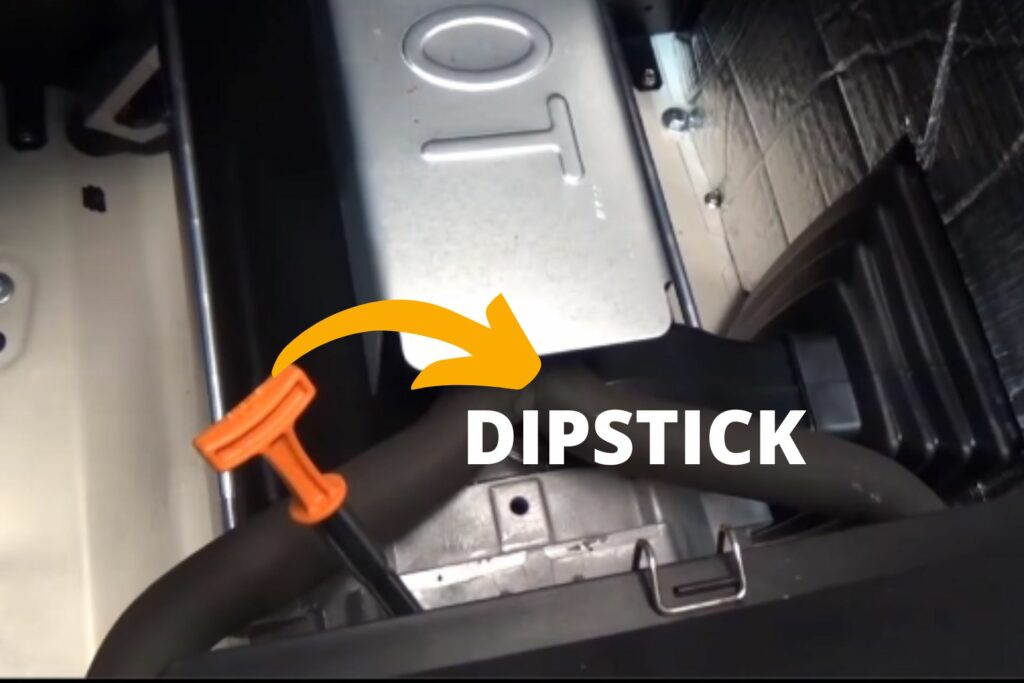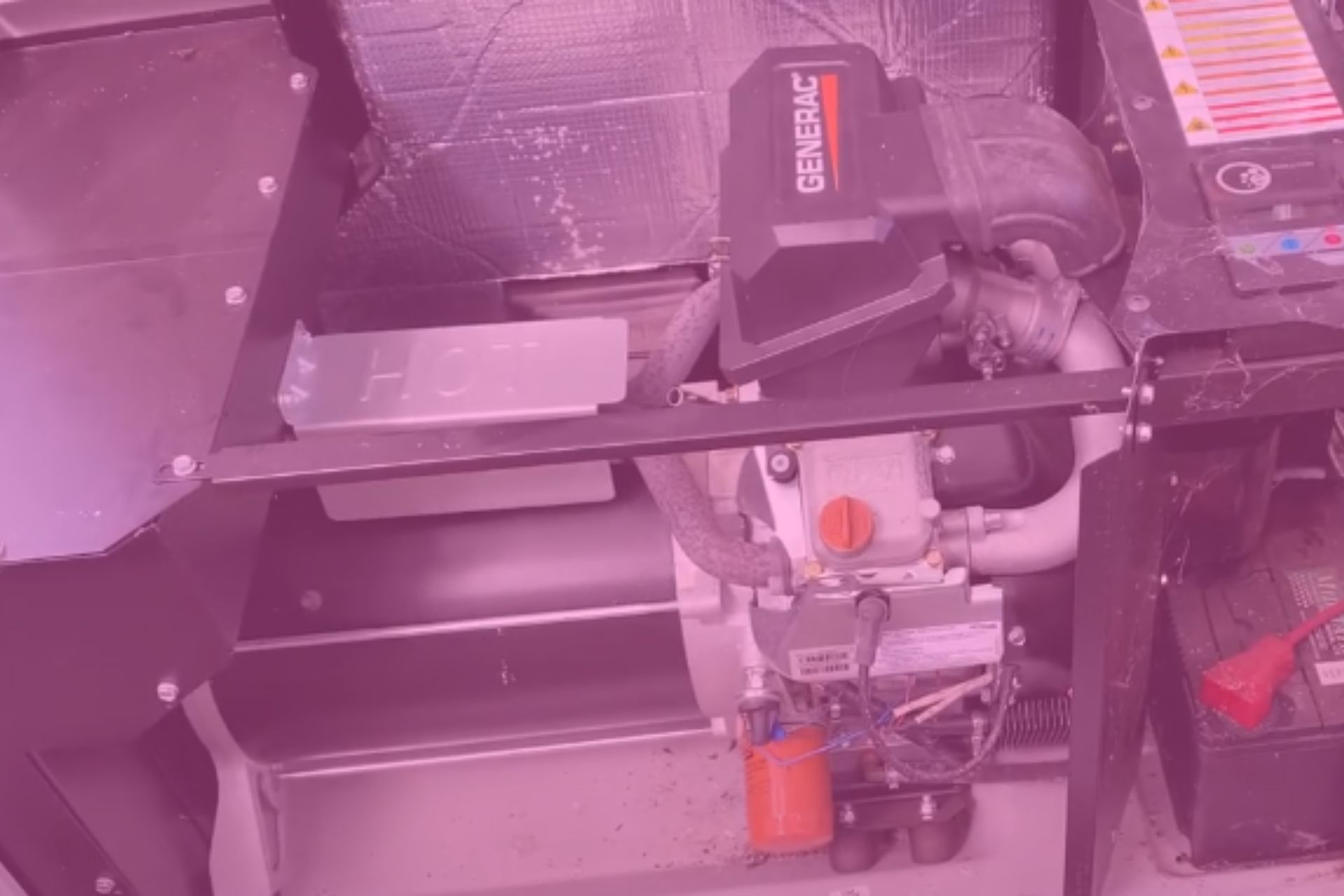Putting too much oil in a generator can cause significant harm to the device.
What Happens If I Put Too Much Oil In My Generator?
Excess oil can prevent a generator from starting. It can damage the internal components, including the gears, seals, gaskets, and cylinders. You may not notice at first. Some generators will stop working early on. Others may work for a while before refusing to start. You see this in generators whose owners tend to ignore the strange noises the units produce, not to mention all the smoke and stalling.
This practice can also result in a fire or an explosion. You can expect one or more of the following:
1). Burning Oil
Is your generator burning too much oil? Every generator consumes oil. But if your generator is burning more oil than usual, there are several potential causes, including overheating, old age, and worn-out gaskets and seals.
One significant factor is too much oil in the engine. Excess oil raises the oil pressure, which, in turn, pushes oil through weak gaskets. The generator may force the oil into the combustion chamber.
If the oil leaks through the gaskets, the heat from the engine will burn it off.
2). Chocking
If you have too much oil in the engine, the engine will pull the excess oil into the cylinders. This doesn’t sound like a bad thing to laypeople because they don’t know any better.
However, a licensed technician understands that oil in the cylinders chocks the engine. Don’t be surprised if the generator starts producing copious amounts of smoke.
Overfilling by a small amount is not a problem. For instance, an additional quart is not a big deal. Once you exceed that threshold, the oil will look for somewhere to go.
3). Frothing
The last thing you want is for the oil to transition from liquid form to froth. But that can happen if you add too much oil. The oil in the pan can make the contact between the crankshaft and reservoir more significant once it rises past a certain level.
The crankshaft moves so fast that it generates foam, which is problematic because the pump can’t siphon it properly. And if the pump can’t siphon the oil, it won’t distribute it as expected.
4). Stalling
If you added excess quantities of oil to the generator, the engine sends oil to the air filters.
Once that happens, the engine will stall. If it wasn’t clear before, once you overfill the generator, the oil will look for somewhere to go. And unfortunately, it may enter sensitive sections of the engine.
5). Engine Damage
Excess oil will cause the engine’s components to wear out prematurely. Besides clogging the filters, the oil may lead to permanent engine damage, causing the generator to fail.
6). Failed Seals and Gaskets
It needs to be reiterated that excess oil in a generator will look for somewhere to go. People think their biggest concern is the oil leaking into a sensitive area, and they are not wrong.
The generator’s performance will suffer once the oil runs into the cylinders, cleaners, and filters. However, you should also worry about the seals and gaskets. If oil is leaking all over the place, the seals and gaskets have probably failed.
7). Damage The Gears
Excess oil can damage the gears. Oil provides lubrication. However, if the crankshaft whips the oil into a foam, as mentioned above, the system will operate without the lubrication it requires, leading to wear and tear in the gears.
How Do I Know If I Put This Oil It Can Be Too Much?
Some people think they must wait for the generator to choke and stall to realize that they added too much oil. But that couldn’t be further from the truth.
CNET wants you to remember that engines come with dipsticks. Some of those dipsticks are attached to the oil cap. The dipstick will show you the appropriate amount of oil to add.

Interestingly, this amount is not as specific as some consumers expect. Instead, the dipstick will show you a general range. In other words, you are fine if you stay within that range.
You don’t have to target a precise level. Additionally, you can afford to go above the recommended range, but only by a small margin. For instance, an extra quart is not a problem.
You don’t have as much room to maneuver where small generators are concerned. A few additional quarts can cause a lot of trouble.
If your generator is showing signs of excess oil, check the dipstick. If the dipstick indicates that you have the correct amount of oil, check the manual. How much oil does it want you to add?
Some people misinterpret the signs on their dipsticks. Others don’t know how to interpret the dipstick in the first place.
What To Do if I Put Too Much Oil?
The only solution is to drain the excess oil. The manufacturer included a drain plug for that exact purpose. Keep in mind that you have to change the oil routinely.
This means removing the old oil and adding new oil. The drain plug allows you to remove the old oil. But in this case, the goal is not to drain all the oil. Remove the drain plug and let some of the oil out.
Close the drain plug and check the dipstick. How much oil is left? If you still have too much oil, repeat this process. Remove one cup at a time until all the oil is gone.
Don’t forget to wipe the dipstick before checking the oil level. Some people misinterpret their readings because the dipstick is dirty. Wipe the oil away and insert the dipstick. Once you observe the correct reading, you can stop.
But you have to keep a few factors in mind. First of all, make sure the generator is sitting on a level surface. The dipstick may show that you added too much oil when, in truth, the generator is tilted.
Place the generator on a flat surface to secure better readings. Additionally, if you’ve been running the generator for a while, the oil probably escaped into other sections of the unit.
In other words, you need to check components like the filters and plugs. Some generators are damaged beyond repair. But don’t be so quick to throw yours away.
Take the unit to a professional. Let them service the engine. This is an extensive undertaking. Sometimes, cleaning the plugs and replacing the filters is not enough.
And as a layperson, you can’t disassemble the generator. You will do more harm than good. A professional will determine whether or not the generator can be salvaged.
Too Much Oil In Generator But It Won’t Start – Why?
- Do you have enough fuel in the generator? A generator cannot start unless it has fuel.
- Is the fuel stale? If you kept the generator in storage for a long time, the gasoline is probably stale. The unit won’t start until you replace the fuel.
- Low oil levels are not as dangerous as excess oil levels. However, an engine that doesn’t have enough oil will refuse to start. Some generators have systems that deactivate the engine automatically once oil levels fall below a specific threshold.
- Generators have batteries that can malfunction. A generator with a dead battery cannot start.
- Have you checked the spark plugs? Sometimes generator won’t get sparks. Spark plugs can develop deposits. If you clean these deposits off, but the generator refuses to start, get new spark plugs.

